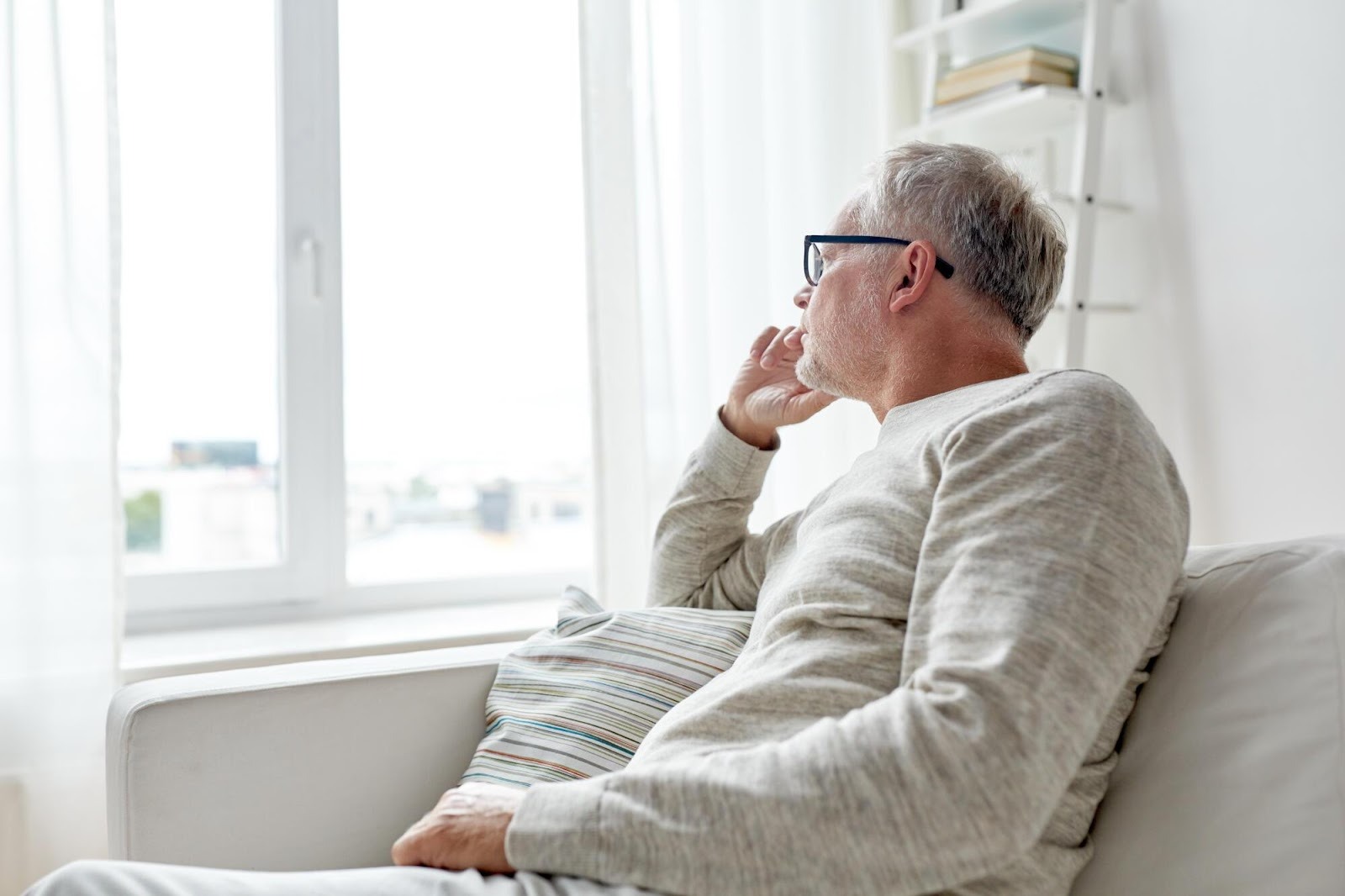Stigma and ageism affect many people, often in ways that go unseen. These issues create unfair labels and limit opportunities for older adults. They can harm self-esteem, reduce access to care, and weaken community ties.
In this guide, we explore what stigma and ageism mean, why they matter, and how they impact daily life. Together, we can build more respect, inclusion, and understanding for people of all ages.
What Is Stigma and Ageism?
Stigma happens when people place negative labels on others. Ageism occurs when someone is judged only by their age. Together, stigma and ageism create barriers that stop older adults from living fully.
The impact of ageism is seen in workplaces, health care, and daily life. Older adults may be seen as weak or unable to learn. These false beliefs hurt their confidence and chances for success.
Stigma and Mental Health in Older Adults
Mental health stigma hinders treatment in older individuals. Many older adults avoid seeking help for fear of being judged. This leaves depression and anxiety untreated and worsens the quality of life.
Encouraging open discussions about mental health can change beliefs surrounding aging. These conversations help in breaking down barriers and creating a more inclusive atmosphere for people of all ages. When society actively tackles these stigmas, older adults receive better support.
Common Examples of Ageism in Society
Age discrimination in society can happen in small or large ways. It may be seen in jokes, stereotypes, or hiring choices. Even family members can unintentionally show bias.
Some older adults are passed over for jobs or health treatments. Others are denied chances to take part in activities. These unfair actions harm dignity and independence.
Breaking Down Stigma and Building Support
Overcoming social stigma starts with awareness. People must learn how harmful labels and assumptions can be. Respect for all ages should guide words and actions.
Support groups, education, and open talk can make a difference. Families and communities play a big role. When support is strong, stigma loses power.
The Role of Communities in Change
Communities can help by promoting respect and inclusion. Leaders and groups should create programs that value older adults. Simple acts of kindness also go a long way.
Reducing stigma in communities means starting conversations. It also means celebrating the skills and wisdom of older people. Small changes can shift how everyone sees aging.
Moving Toward Fairness and Equality
Understanding age-related bias is the first step toward change. People of all ages deserve equal respect and chances in life. Fighting ageism is about fairness and dignity.
Laws and policies can help protect older adults. Workplaces, schools, and health care must also act. Together, these efforts build a society where age does not limit value.
Building a Better Future by Ending Stigma and Ageism
Stigma and ageism create barriers that affect older adults every day. They can limit access to care, harm self-esteem, and reduce opportunities. Change begins with awareness and respect. Communities, families, and workplaces all have a role to play.
By challenging false beliefs, we can build a more inclusive world. Every person deserves dignity and fairness, no matter their age. Together, we can break these harmful patterns and replace them with compassion, equality, and understanding for all generations.
Did you find this article helpful? Visit more of our blogs.
